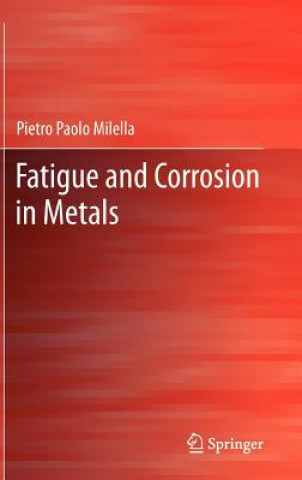
Kod: 01367290
Fatigue and Corrosion in Metals
Autor Pietro Paolo Milella
This textbook, suitable for students, researchers and engineers, gathers the experience of more than 20 years of teaching fracture mechanics, fatigue and corrosion to professional engineers and running experimental tests and verif ... więcej
- Język:
 Angielski
Angielski - Oprawa: Twarda
- Liczba stron: 844
Wydawca: Springer Verlag, 2012
- Więcej informacji o książce

158.77 €
Dostępność:
50 % szansa Otrzymaliśmy informację, że książka może być ponownie dostępna. Na podstawie państwa zamówienia, postaramy się książkę sprowadzić w terminie do 6 tygodni. Gwarancja pełnego zwrotu pieniędzy, jeśli książka nie zostanie zabezpieczona.
Otrzymaliśmy informację, że książka może być ponownie dostępna. Na podstawie państwa zamówienia, postaramy się książkę sprowadzić w terminie do 6 tygodni. Gwarancja pełnego zwrotu pieniędzy, jeśli książka nie zostanie zabezpieczona.Przeszukamy cały świat
Zobacz książki o podobnej tematyce
-

Arias for Soprano: Voice and Piano
29.54 € -

Losing Afghanistan
143.74 € -

Don't Blink
50.80 € -
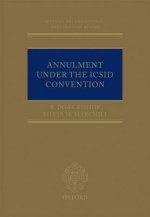
Annulment Under the ICSID Convention
450.06 € -
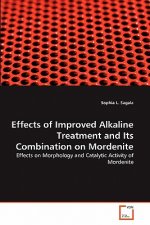
Effects of Improved Alkaline Treatment and Its Combination on Mordenite
63.58 € -

Floating Borderlands
39.46 € -

Football Ghosts
7.56 € -

Emil rettet Thüringen
18.50 € -
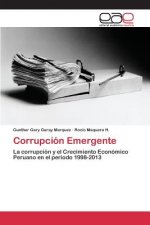
Corrupcion Emergente
43.24 € -

Péra a perutě
8.99 € -20 % -

Familie Trotz Doppelkarriere
64.50 € -
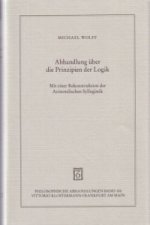
Abhandlung über die Prinzipien der Logik
42.32 € -

Střípky deníku
9.91 € -5 % -
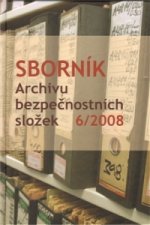
Sborník Archivu bezpečnostních složek 6/2008
7.35 € -6 %
Bon podarunkowy: Radość gwarantowana
- Podaruj bon o dowolnej wartości, a my się zajmiemy resztą.
- Bon podarunkowy dotyczy całej naszej oferty.
- Możesz wydrukować elektroniczny bon z e-maila a następnie przekazać go obdarowanemu.
- Ważność bonu wynosi 12 miesięcy od daty wystawienia.
Powiadomienie o dostępności
Wpisz swój adres e-mail, aby otrzymać od nas powiadomienie,
gdy książka będzie dostępna. Proste, prawda?
Więcej informacji o Fatigue and Corrosion in Metals
Za ten zakup dostaniesz 393 punkty
 Opis
Opis
This textbook, suitable for students, researchers and engineers, gathers the experience of more than 20 years of teaching fracture mechanics, fatigue and corrosion to professional engineers and running experimental tests and verifications to solve practical problems in engineering applications. As such, it is a comprehensive blend of fundamental knowledge and technical tools to address the issues of fatigue and corrosion. The book initiates with a systematic description of fatigue from a phenomenological point of view, since the early signs of submicroscopic damage in few surface grains and continues describing, step by step, how these precursors develop to become mechanically small cracks and, eventually, macrocracks whose growth is governed by fracture mechanics. But fracture mechanics is also introduced to analyze stress corrosion and corrosion assisted fatigue in a rather advanced fashion. The author dedicates a particular attention to corrosion starting with an electrochemical treatment that mechanical engineers with a rather limited knowledge of electrochemistry will well digest without any pain. The electrochemical introduction is considered an essential requirement to the full understanding of corrosion that is essentially an electrochemical process. All stress corrosion aspects are treated, from the generalized film rupture-anodic dissolution process that is the base of any corrosion mechanism to the aggression occurring in either mechanically or thermally sensitized alloys up to the universe of hydrogen embrittlement, which is described in all its possible modes of appearance. Multiaxial fatigue and out-of-phase loading conditions are treated in a rather comprehensive manner together with damage progression and accumulation that are not linear processes. Load spectra are analyzed also in the frequency domain using the Fourier transform in a rather elegant fashion full of applications that are generally not considered at all in fatigue textbooks, yet they deserve a special place and attention. The issue of fatigue cannot be treated without a probabilistic approach unless the designer accepts the shame of one-out-of-two pieces failure. The reader is fully introduced to the most promising and advanced analytical tools that do not require a normal or lognormal distribution of the experimental data, which is the most common case in fatigue. But the probabilistic approach is also used to introduce the fundamental issue of process volume that is the base of any engineering application of fatigue, from the probability of failure to the notch effect, from the metallurgical variability and size effect to the load type effect. Fractography plays a fundamental role in the post mortem analysis of fatigue and corrosion failures since it can unveil the mystery encrypted in any failure.This textbook, suitable for students, researchers and engineers, gathers the experience of more than 20 years of teaching fracture mechanics, fatigue and corrosion to professional engineers and running experimental tests and verifications to solve practical problems in engineering applications. As such, it is a comprehensive blend of fundamental knowledge and technical tools to address the issues of fatigue and corrosion. The book initiates with a systematic description of fatigue from a phenomenological point of view, since the early signs of submicroscopic damage in few surface grains and continues describing, step by step, how these precursors develop to become mechanically small cracks and, eventually, macrocracks whose growth is governed by fracture mechanics. But fracture mechanics is also introduced to analyze stress corrosion and corrosion assisted fatigue in a rather advanced fashion. The author dedicates a particular attention to corrosion starting with an electrochemical treatment that mechanical engineers with a rather limited knowledge of electrochemistry will well digest without any pain. The electrochemical introduction is considered an essential requirement to the full understanding of corrosion that is essentially an electrochemical process. All stress corrosion aspects are treated, from the generalized film rupture-anodic dissolution process that is the base of any corrosion mechanism to the aggression occurring in either mechanically or thermally sensitized alloys up to the universe of hydrogen embrittlement, which is described in all its possible modes of appearance. Multiaxial fatigue and out-of-phase loading conditions are treated in a rather comprehensive manner together with damage progression and accumulation that are not linear processes. Load spectra are analyzed also in the frequency domain using the Fourier transform in a rather elegant fashion full of applications that are generally not considered at all in fatigue textbooks, yet they deserve a special place and attention. The issue of fatigue cannot be treated without a probabilistic approach unless the designer accepts the shame of one-out-of-two pieces failure. The reader is fully introduced to the most promising and advanced analytical tools that do not require a normal or lognormal distribution of the experimental data, which is the most common case in fatigue. But the probabilistic approach is also used to introduce the fundamental issue of process volume that is the base of any engineering application of fatigue, from the probability of failure to the notch effect, from the metallurgical variability and size effect to the load type effect. Fractography plays a fundamental role in the post mortem analysis of fatigue and corrosion failures since it can unveil the mystery encrypted in any failure.
 Szczegóły książki
Szczegóły książki
Kategoria Knihy po anglicky Technology, engineering, agriculture Mechanical engineering & materials Materials science
158.77 €
- Pełny tytuł: Fatigue and Corrosion in Metals
- Autor: Pietro Paolo Milella
- Język:
 Angielski
Angielski - Oprawa: Twarda
- Liczba stron: 844
- EAN: 9788847023352
- ISBN: 8847023351
- ID: 01367290
- Wydawca: Springer Verlag
- Waga: 1458 g
- Wymiary: 243 × 167 × 54 mm
- Data wydania: 05. October 2012
Ulubione w innej kategorii
-
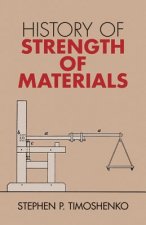
History of Strength of Materials
25.24 € -18 % -
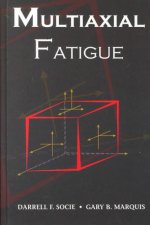
Multiaxial Fatigue
48.45 € -
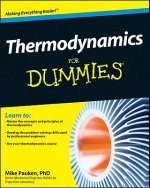
Thermodynamics For Dummies
16.45 € -37 % -
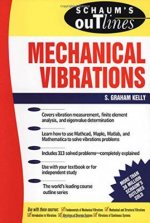
Schaum's Outline of Mechanical Vibrations
29.13 € -14 % -
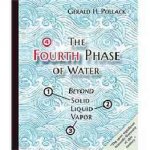
Fourth Phase of Water
39.46 € -
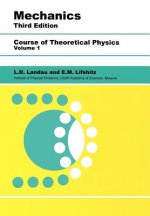
Mechanics
68.80 € -9 % -
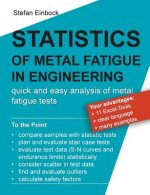
Statistics of Metal Fatigue in Engineering
54.18 € -
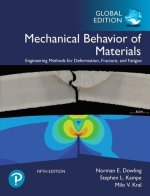
Mechanical Behavior of Materials, Global Edition
102.44 € -
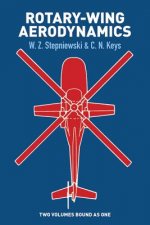
Rotary-Wing Aerodynamics
30.87 € -13 % -
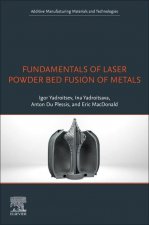
Fundamentals of Laser Powder Bed Fusion of Metals
188.93 € -10 % -

Foundations of Vibroacoustics
107.14 € -
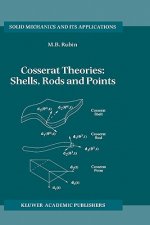
Cosserat Theories: Shells, Rods and Points
351.70 € -
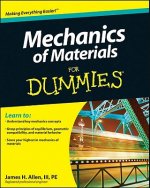
Mechanics of Materials for Dummies
20.85 € -20 % -
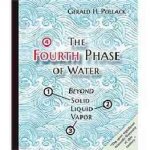
Fourth Phase of Water
53.77 € -
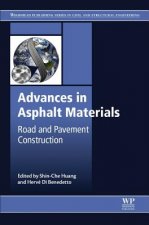
Advances in Asphalt Materials
343.83 € -
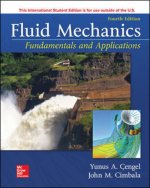
Fluid Mechanics: Fundamentals and Applications
76.98 € -
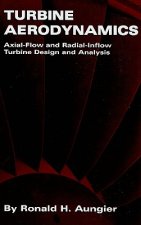
Turbine Aerodynamics
133.83 € -

Materials and the Environment
62.15 € -10 % -
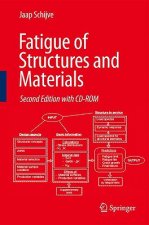
Fatigue of Structures and Materials
112.25 € -

Periodic Table
12.36 € -
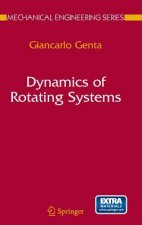
Dynamics of Rotating Systems
276.76 € -
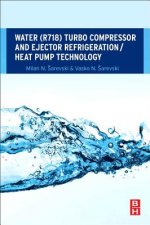
Water (R718) Turbo Compressor and Ejector Refrigeration / Heat Pump Technology
166.13 € -
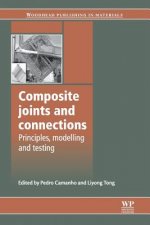
Composite Joints and Connections
405.38 € -

Understanding Aerodynamics - Arguing from the Real Physics
132.09 € -
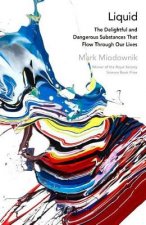
Liquid
11.44 € -21 % -
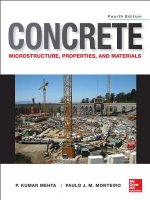
Concrete: Microstructure, Properties, and Materials
124.93 € -26 % -
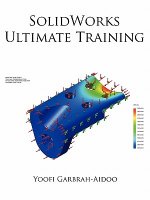
SolidWorks Ultimate Training
105.40 € -
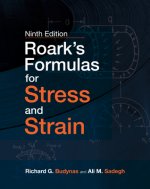
Roark's Formulas for Stress and Strain, 9E
133.83 € -
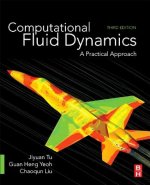
Computational Fluid Dynamics
123.60 € -
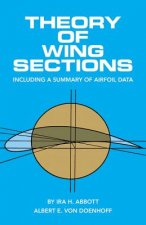
Theory of Wing Sections
22.99 € -23 % -
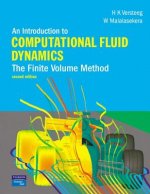
Introduction to Computational Fluid Dynamics, An
102.85 € -

Rocket Propulsion
86.08 € -
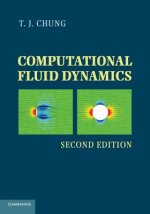
Computational Fluid Dynamics
129.74 € -
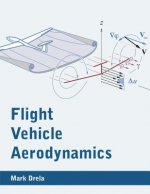
Flight Vehicle Aerodynamics
83.32 € -12 % -

Aerodynamics of Wings and Bodies
15.63 € -3 % -
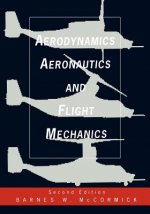
Aerodynamics Aeronautics And Flight Mechanics Seco (WSE)
342.40 € -
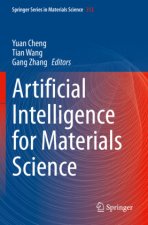
Artificial Intelligence for Materials Science
226.76 € -
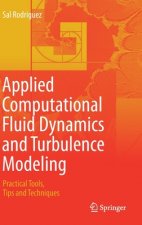
Applied Computational Fluid Dynamics and Turbulence Modeling
151.92 € -

Composite Structures according to Eurocode 4 - Worked Examples
126.87 € -
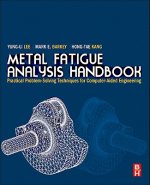
Metal Fatigue Analysis Handbook
125.54 € -9 % -
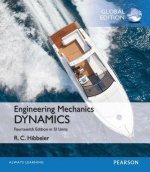
Engineering Mechanics: Dynamics, SI Edition
95.59 € -

Mathematical Theory of Plasticity
112.15 € -
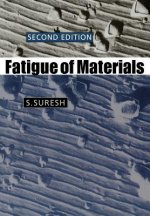
Fatigue of Materials
129.74 € -

What Engineers Know and How They Know It
42.01 € -

Heat Storage: A Unique Solution For Energy Systems
201.82 € -
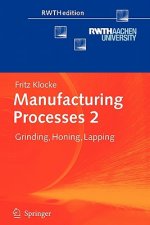
Manufacturing Processes 2
226.76 € -
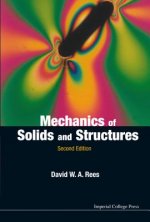
Mechanics Of Solids And Structures (2nd Edition)
113.48 € -
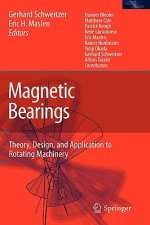
Magnetic Bearings
314.18 € -
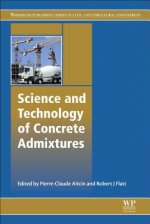
Science and Technology of Concrete Admixtures
391.78 €
Osobný odber Bratislava a 2642 dalších
Copyright ©2008-24 najlacnejsie-knihy.sk Všetky práva vyhradenéSúkromieCookies


 21 miliónov titulov
21 miliónov titulov Vrátenie do mesiaca
Vrátenie do mesiaca 02/210 210 99 (8-15.30h)
02/210 210 99 (8-15.30h)